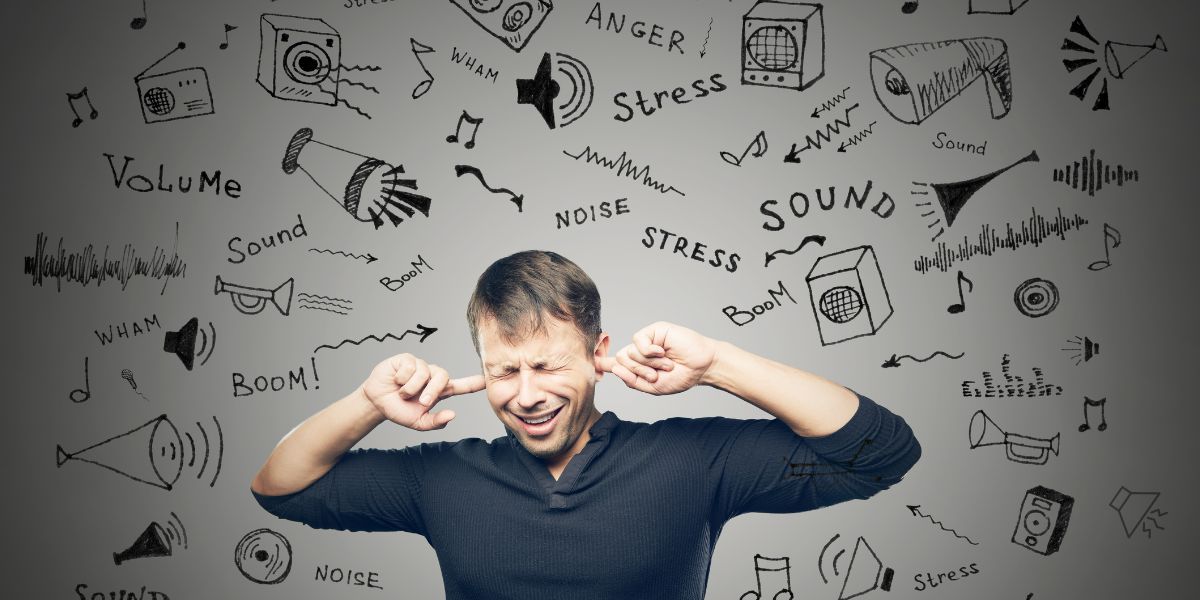In the fast-paced and demanding world we live in, stress has become an unavoidable part of daily life for many individuals. The quest for effective stress reduction and relaxation techniques has led to the exploration of various therapeutic avenues. One promising approach gaining recognition is the use of sensory equipment. This article delves into the role of sensory equipment in promoting relaxation and stress relief, both in therapeutic settings and as self-care strategies for individuals seeking respite from the demands of modern life.
Understanding Sensory Processing:
Before delving into the benefits of sensory equipment, it’s essential to understand the concept of sensory processing. Sensory processing refers to the way our nervous system receives and interprets information from the environment through our senses – sight, sound, touch, taste, and smell. For some individuals, especially those with sensory processing challenges, stimuli from the environment can become overwhelming, contributing to stress and anxiety.
Sensory Equipment in Therapeutic Settings:
Therapists and healthcare professionals have increasingly recognised the therapeutic potential of sensory equipment in creating calming environments for individuals dealing with stress-related disorders, anxiety, and sensory processing difficulties. Sensory rooms equipped with specialised tools cater to a variety of sensory needs, helping clients regulate their responses to external stimuli.
Weighted Blankets: These blankets, filled with evenly distributed weights, provide gentle, deep pressure stimulation, promoting a sense of security and relaxation. This can be particularly beneficial for individuals with anxiety or insomnia.
- WEIGHTED BLANKET: This weighted blanket is…
Aromatherapy Diffusers: Utilising the sense of smell, aromatherapy diffusers disperse essential oils known for their calming properties. Scents like lavender, chamomile, and eucalyptus can contribute to a soothing atmosphere.
Soft Lighting: Harsh fluorescent lights can be unsettling for some individuals. Soft, adjustable lighting in sensory rooms helps create a calming ambience, reducing visual stress and promoting relaxation.
Tactile Stimulation: Textured objects, fidget tools, and sensory balls offer tactile stimulation, helping individuals regulate their sensory responses and redirect their focus, ultimately promoting a sense of calm.
Self-Care Strategies with Sensory Equipment:
In addition to therapeutic settings, sensory equipment has found its way into the self-care routines of individuals seeking personalised strategies for stress reduction. The incorporation of sensory elements into daily life can be a valuable tool for managing stress in the comfort of one’s own space.
Sensory Fidgets: Compact and discreet, fidget tools like stress balls or textured rings provide an outlet for nervous energy and can be easily incorporated into daily activities, such as desk work or commuting.
Mindfulness and Sensory Meditation Apps: Mobile applications designed for mindfulness and sensory meditation guide users through calming exercises, leveraging audio, visual, and tactile stimuli to induce relaxation.
Noise-Cancelling Headphones: For those sensitive to auditory stimuli, noise-cancelling headphones offer a sanctuary from the hustle and bustle of the outside world, allowing individuals to create their own peaceful space.
Conclusion:
Sensory equipment has emerged as a promising avenue for stress reduction and relaxation, offering therapeutic benefits both in clinical settings and as part of individualised self-care routines. By understanding and catering to individual sensory needs, these tools provide a tangible means for people to navigate the challenges of modern life and find moments of tranquillity in their daily experiences. As the importance of mental health and well-being gains recognition, the integration of sensory equipment into mainstream wellness practices is likely to continue, offering a pathway to a more relaxed and balanced life.










